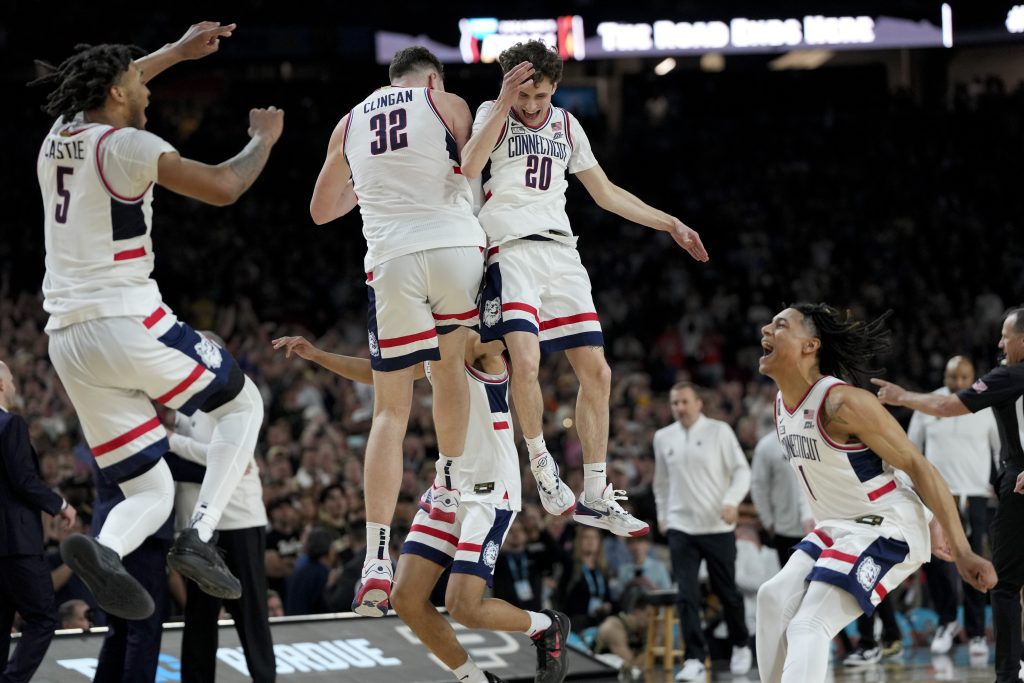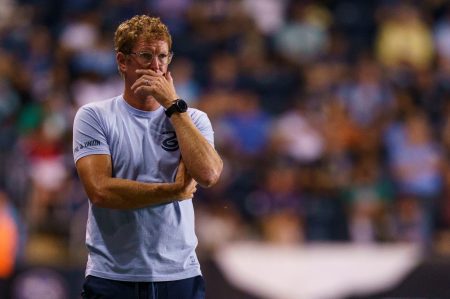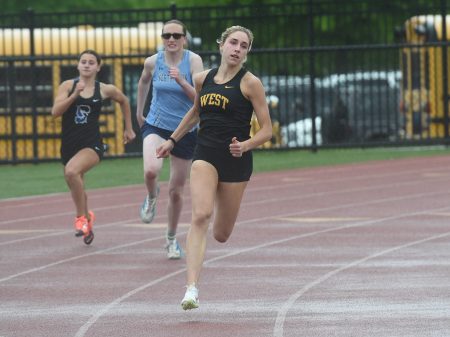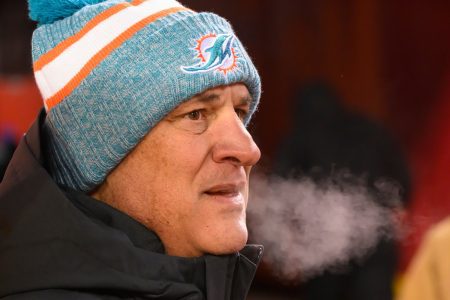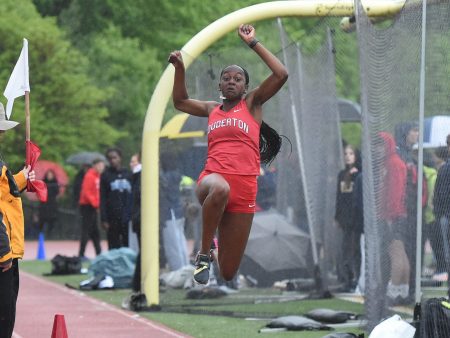In GLENDALE, Ariz. (AP), UConn faced a tough challenge dealing with Purdue's large center Zach Edey.
Even when Edey pushed for shots near the basket, the Huskies didn't assist their own big man, as they were sure the two-time national player of the year would score.
UConn was more worried about Purdue's outside shooters than their 7-foot-4 center.
And the Huskies successfully stopped those shooters.
Throughout the night, UConn prevented Purdue from making 3-pointers, holding one of the best 3-point shooting teams in the nation to just one made 3. This victory made them the first team to repeat as national champions since 2007, with a 75-60 win on Monday night.
Purdue coach Matt Painter acknowledged the exceptional performance of UConn's defense and their coach for achieving this feat.
Under coach Dan Hurley, UConn has become one of the most effective offensive teams in the country, ranking first in KenPom.com’s efficiency ratings this season.
The Huskies' exceptional defensive strength is a key factor in their success.
During the NCAA Tournament, UConn prevented their first four opponents from scoring more than 60 points and limited Alabama, the highest-scoring team in the nation, to 72 points in the national semifinals.
For the national final, coach Hurley devised a plan to keep Purdue’s shooters in check while allowing Edey to face Clingan on his own.
Despite Edey's 37 points, it took him 25 attempts to reach that score and he failed to make a shot during a 10-minute period, allowing UConn to take control of the game.
Rather than focusing on Edey, the Huskies instead neutralized Purdue's key strength compared to other teams.
Painter acknowledged UConn's strategy, understanding their decision to defend the perimeter and accept Edey scoring one on one.
And they succeeded with that plan.
During the regular season, Purdue was the second-best 3-point shooting team in the nation, with a 41% success rate, providing a good alternative when Edey was double-teamed.
However, UConn prevented Purdue from even attempting many 3-point shots in the national final.
Freshman Stephon Castle played a leading role, closely guarding Purdue's point guard Braden Smith. The rest of UConn’s defenders overwhelmed the 3-point line, quickly recovering when they got beaten, which restricted the Boilermakers to 1-of-7 shooting from 3.
This was a remarkable achievement considering Purdue's usual average of 8.3 made 3-pointers and 20.5 attempts per game.
Purdue's single 3-point success was the lowest since 1996, matching Michigan's performance. Additionally, the seven 3-point attempts were the fewest in a national championship game since UCLA in 1995.
UConn’s Cam Spencer, contributing 11 points, emphasized their determination to prevent the other players from defeating them.
As Edey excelled, the rest of the Boilermakers were ineffective against the onslaught of the Huskies.
Purdue's Smith made 4 of 12 shots and scored Purdue’s only 3-pointer. Fletcher Loyer failed to score with 0-of-5 shooting. Lance Jones, Purdue’s third top scorer, had a mere five points from three shots. Mason Gillis did not score and missed both of his shots.
UConn’s backcourt players scored more points than Purdue’s by a difference of 55 to 17.
“We aimed to prevent the opposition from scoring 3-pointers. We were not concerned if Zach took 25 or 28 shots to score 30 or 35 points,” Hurley explained. “Our entire strategy was to limit the scoring of Smith, Loyer, Gillis, and Jones. If the combined points of this group stayed under 18 to 20, they wouldn’t stand a chance of winning, no matter how well Zach performed.”
He’s correct. UConn has now secured its sixth national championship, marking the first time the NCAA has seen a repeat title holder since Florida in 2006-07.





